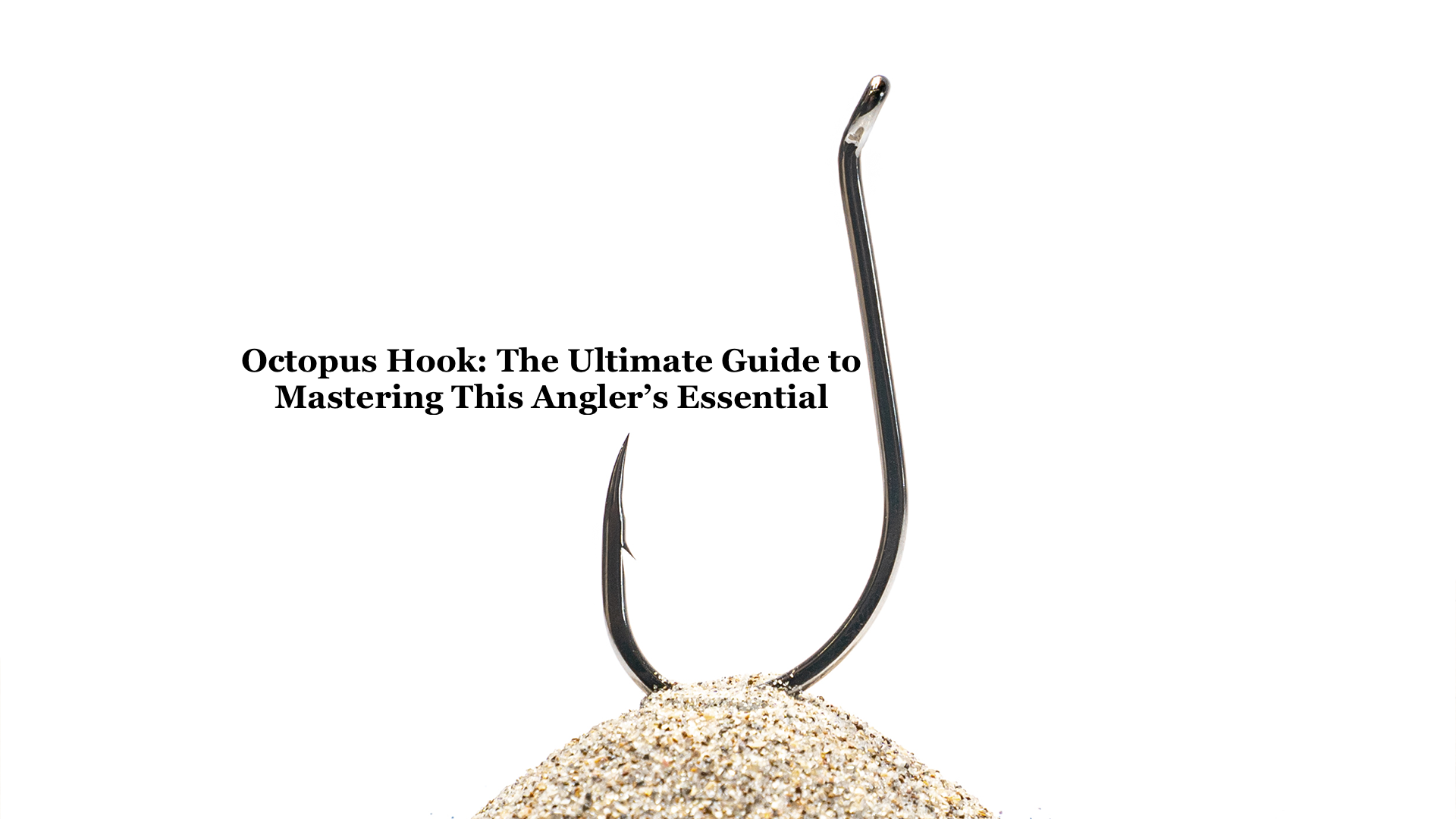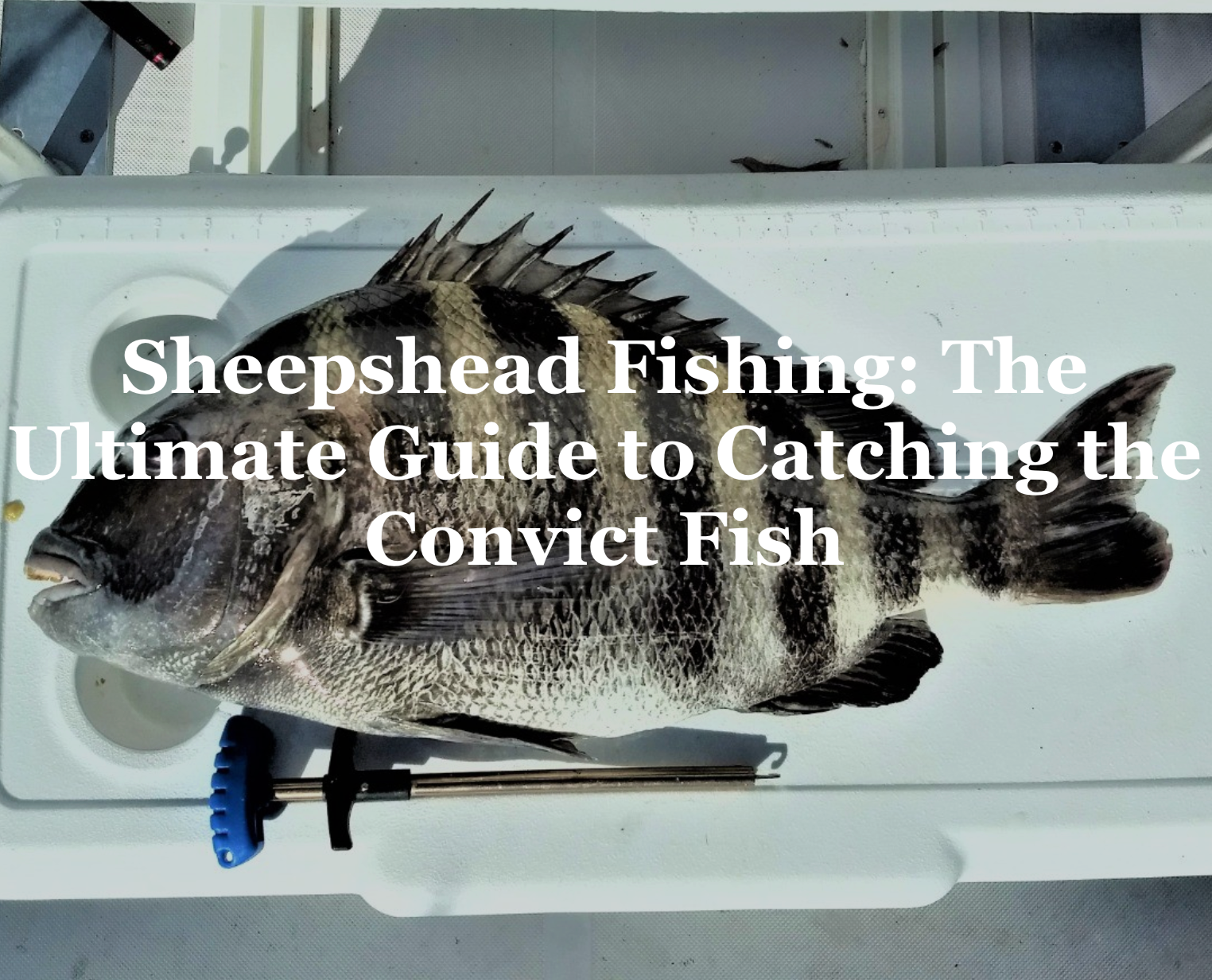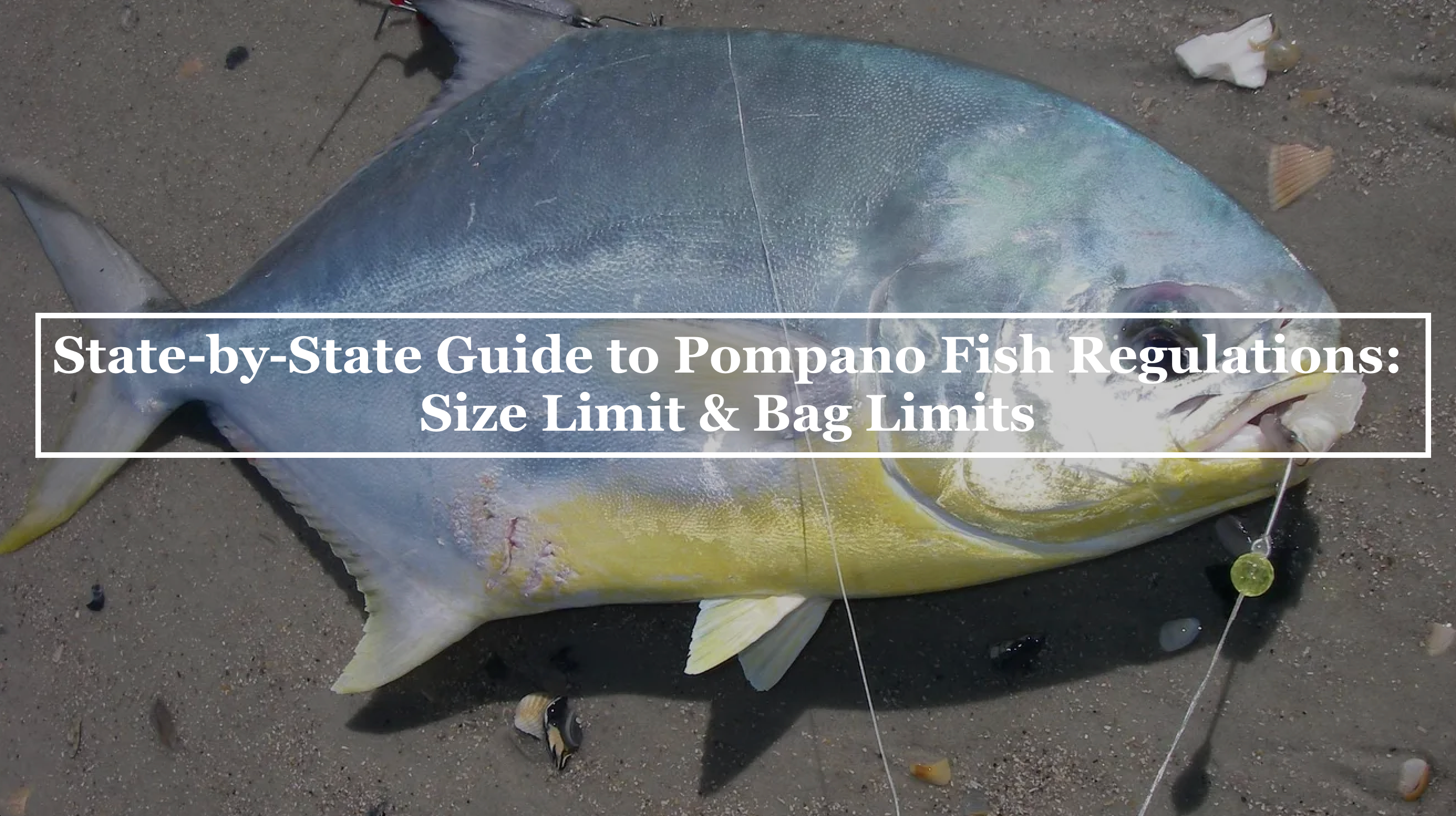Fishing is a dance of patience, skill, and the right gear—and at the heart of many successful catches lies the unassuming yet powerful octopus hook. Known for its unique design and versatility, the octopus hook has become a staple in tackle boxes worldwide, prized by anglers chasing everything from panfish to trophy saltwater species. Whether you’re a beginner or a seasoned pro, this all-in-one guide to octopus hooks will equip you with everything you need to know—history, design, uses, top techniques, and more—to elevate your fishing game in 2025 and beyond. Let’s dive into the world of octopus hooks and unlock their full potential!
What Are Octopus Hooks? Decoding the Design

An octopus hook is a short-shank, wide-gap fishing hook with a distinctive upward-curving eye and a slightly offset point. Named for its tentacle-like grip on bait and fish, this hook is engineered for maximum hooking efficiency. Typically made from high-carbon steel or corrosion-resistant alloys, octopus hooks come in sizes ranging from tiny #10 for small bait to hefty 10/0 for big-game species. Their key features include:
- Short Shank: Allows for discreet bait presentation and better hook sets.
- Wide Gap: Provides ample space for bait and ensures deep penetration.
- Offset Point: Increases hook-up rates by aligning the point with the fish’s jaw.
- Up-Eye: Facilitates snelling and improves leverage during fights.
These traits make octopus hooks a top choice for live bait, cut bait, and even some artificial lure applications, setting them apart from circle hooks, J-hooks, and treble hooks.
The History and Evolution of Octopus Hooks

The octopus hook’s origins are tied to traditional Japanese fishing methods, where anglers used short-shank hooks to target octopus and other cephalopods—hence the name. Over time, its design evolved to suit a broader range of species, gaining popularity in Western fishing cultures during the 20th century. The advent of modern manufacturing during the Industrial Revolution refined its production, introducing precision-sharpened points and durable materials. Today, brands like Gamakatsu, Owner, and Mustad lead the charge, offering octopus hooks with advanced coatings (e.g., black nickel or red finishes) for stealth and corrosion resistance. From humble beginnings to a global angling essential, the octopus hook’s journey reflects innovation meeting practicality.
Why Choose Octopus Hooks? Benefits for Anglers
What makes octopus hooks stand out in a sea of fishing tackle? Here’s why anglers swear by them:
- Superior Hooking Power: The offset point and wide gap ensure solid hook sets, even with finicky biters.
- Versatile Bait Presentation: Perfect for live bait (minnows, worms, shrimp) and cut bait, with a natural look that fools fish.
- Compact Strength: The short shank delivers durability without compromising bait movement.
- Catch-and-Release Friendly: Barbless or micro-barbed options minimize fish damage.
- Species Flexibility: From trout and panfish to catfish, bass, and saltwater giants like snook and redfish, octopus hooks handle it all.
Whether you’re fishing freshwater streams or coastal waters, octopus hooks offer unmatched reliability and performance.
Octopus Hooks vs. Other Hooks: A Head-to-Head Comparison

To truly appreciate octopus hooks, let’s compare them to other popular hook types:
- Octopus Hooks vs. Circle Hooks: While circle hooks excel at self-setting in the corner of a fish’s mouth (ideal for catch-and-release), octopus hooks require an active hook set but offer better bait control and versatility.
- Octopus Hooks vs. J-Hooks: J-hooks have a longer shank and straighter point, but octopus hooks’ offset design and shorter profile make them superior for live bait and tight-lipped species.
- Octopus Hooks vs. Treble Hooks: Treble hooks’ triple points maximize hook-ups on lures, whereas octopus hooks shine with single-point precision for bait fishing.
For anglers prioritizing bait presentation and hook-up efficiency, octopus hooks often take the crown.
Best Uses for Octopus Hooks: Targeted Techniques

Octopus hooks are incredibly versatile, excelling in various fishing scenarios. Here are their top applications:
1. Live Bait Fishing
The octopus hook’s short shank and wide gap make it ideal for threading worms, minnows, leeches, or shrimp. It keeps bait lively and natural, enticing species like bass, walleye, trout, and flounder.
2. Cut Bait Rigs
For bottom-feeders like catfish or saltwater predators like redfish, octopus hooks secure chunks of fish or squid, staying put during casts and retrieves.
3. Drop Shot Rigs
In finesse fishing, octopus hooks pair perfectly with drop shot rigs, offering a subtle presentation for bass and panfish in deep water.
4. Snelling for Big Game
Snelling an octopus hook enhances strength and sensitivity, making it a favorite for targeting trophy fish like snook, tarpon, or steelhead.
5. Freshwater and Saltwater
From inland lakes to open oceans, octopus hooks adapt seamlessly, handling everything from crappie to snapper.
Top Octopus Hook Brands and Models in 2025

Choosing the right octopus hook can make or break your trip. Here are some of the best octopus hook brands dominating the market:
- Gamakatsu Octopus Hooks: Known for razor-sharp points and a red finish for added attraction. Sizes: #8 to 8/0.
- Owner Mosquito Hooks: Lightweight and ultra-strong, perfect for finesse fishing. Sizes: #10 to 2/0.
- Mustad UltraPoint Octopus Hooks: Durable with a black nickel coating for corrosion resistance. Sizes: #6 to 10/0.
- Eagle Claw Lazer Sharp Octopus Hooks: Affordable and reliable for freshwater and saltwater. Sizes: #8 to 6/0.
Look for barbless options or chemically sharpened points based on your needs.
How to Tie an Octopus Hook: Step-by-Step Guide

Tying an octopus hook securely is critical for success. The Improved Clinch Knot works well, but snelling is the gold standard for strength. Here’s how to snell an octopus hook:
- Thread the Line: Pass your line through the up-eye toward the point, pulling through 6-8 inches.
- Wrap the Shank: Pinch the line against the shank and wrap it tightly 7-10 times, moving toward the eye.
- Loop Back: Thread the line back through the eye in the same direction.
- Tighten: Wet the line, pull both ends to cinch the wraps, and trim the excess.
This method aligns the hook with the line, boosting sensitivity and hook-set power.
How to Bait an Octopus Hook: Proven Techniques

Baiting an octopus hook effectively maximizes bites. Here’s how to do it right:
- Live Worms: Thread the worm onto the hook, piercing it once or twice to let it wiggle naturally.
- Minnows: Hook through the lips or back for a lively swim, avoiding the spine to keep it alive.
- Shrimp: Pierce the tail or head, leaving the hook point exposed for a quick set.
- Cut Bait: Skewer a chunk through the skin side, ensuring a firm hold for casting.
Keep bait size proportional to the hook for a balanced presentation.
How to Remove an Octopus Hook from a Fish: Safe and Ethical

Removing an octopus hook requires care to protect the fish and yourself:
- Secure the Fish: Hold it with a wet hand or cloth to preserve its slime coat.
- Assess the Hook: Check its depth—surface hooks are easier to remove than gut hooks.
- Back It Out: Use needle-nose pliers to grip the shank, press down to disengage the barb, and gently reverse it out.
- Cut if Needed: For deep hooks, cut the line close to the hook and release—the hook will often rust out.
- Revive: Move the fish in water to oxygenate its gills until it swims away.
Quick, gentle handling ensures a healthy release.
Caring for Octopus Hooks: Maintenance Tips
Keep your octopus hooks in top shape with these tips:
- Inspect Regularly: Check for rust, dull points, or bent shanks after each trip.
- Clean and Dry: Rinse with freshwater (especially after saltwater use) and dry thoroughly.
- Sharpen: Use a hook file to restore sharpness when needed.
- Store Smart: Keep hooks in a dry tackle box or organizer to prevent tangling.
Proper care extends their life and performance.
Octopus Hook Sizes: Choosing the Right One

Octopus hook sizes vary widely, and picking the right one depends on your target species and bait:
- #10 to #4: Small bait (worms, insects) for panfish, trout, or crappie.
- #2 to 1/0: Medium bait (minnows, shrimp) for bass, walleye, or flounder.
- 2/0 to 6/0: Large bait (cut fish, squid) for catfish, redfish, or snook.
- 7/0 to 10/0: Big-game bait for tarpon, tuna, or sharks.
Match the hook to your quarry for optimal results.
Conclusion: Why Octopus Hooks Are a Must-Have in 2025
From their Japanese roots to their modern mastery, octopus hooks have earned their reputation as an angler’s secret weapon. Their compact strength, versatile design, and superior hooking power make them indispensable for live bait, cut bait, and finesse rigs alike. Whether you’re snelling for a trophy catch, baiting for bass, or practicing ethical catch-and-release, this guide has you covered with expert techniques and insights. Stock your tackle box with the best octopus hooks, master their use, and watch your fishing success soar. Ready to hook your next big one? The octopus hook is your ticket to glory!






Share:
Treble Hook: The Ultimate Guide to Dominating the Fishing Scene
Circle Hooks: Ultimate Angler Guide to Sizes & Techniques